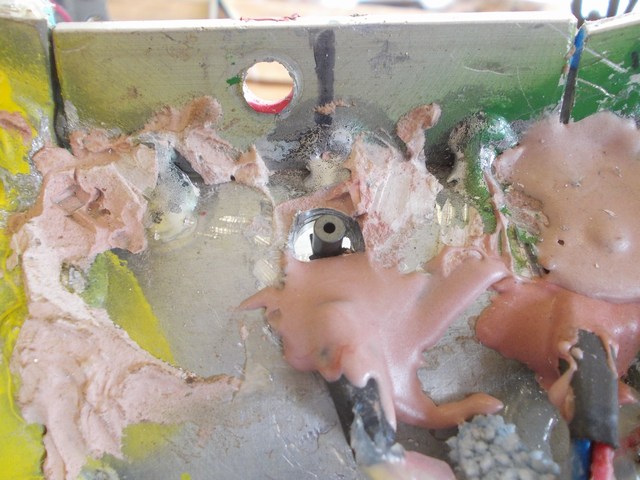

Revised March 2023
It may be possible to design an alternative to the 3 phase bridge switching of a BLDC motor. Instead of using a minimum of 3 coils and 4 magnets, with reversible polarity switching via a High Side and Low Side Mosfet bridge to control the 6 motor steps, use 6 coils, all switched on the Low Side.
Minimum requirements 6 coils and 8 magnet poles (4 magnet pole pairs NSNSNSNS). My Torus Induction Project currently being built has 27 coil positions and 36 alternating magnet poles, with 6 of the available positions being used.
Pros
No floating HS Mosfet with associated driver and circuitry complexities.
No changes to any control circuits except the Mosfet board.
Each coil has 50% less on time, so less heating.
Each Mosfet has 50% less on time, so less heating.
Ease of paralleling LSide Mosfets.
Ease of heatsinking.
No need for complicated bridges and drivers.
May be more reliable.
Critical timing of the Mosfets is not required. Just a simple decoder is required when using ratiometric Hall Effect sensors. Power output may be enhanced by timing overlap, where 3 Mosfets may be turned on at any one time, with absolutely no possibility of Mosfet destruction.
It may also be possible to have no decoder for the hall signals. If the Hall Effect Sensors are switch types the output signal may be able to directly operate the mosfet switching. This would require 6 HE sensors.
When a coil switches off, the back EMF spike may create a small drag reduction assistance for the associated magnet as it moves away from the coil.
Cons
3 coils on and 3 off at any time. This may cause drag as there may be more generating than driving. This may not occur as the motor has a huge air gap. The normal BLDC motor always has one coil dragging, or generating, and this does not appear to be a problem.
Requires the space for 3 more coils, with no increase in power output.
It may be possible to design an alternative to the 3 phase bridge switching of a BLDC motor. Instead of using a minimum of 3 coils and 4 magnets, with reversible polarity switching via a High Side and Low Side Mosfet bridge to control the 6 motor steps, use 6 coils, all switched on the Low Side.
Minimum requirements 6 coils and 8 magnet poles (4 magnet pole pairs NSNSNSNS). My Torus Induction Project currently being built has 27 coil positions and 36 alternating magnet poles, with 6 of the available positions being used.
Pros
No floating HS Mosfet with associated driver and circuitry complexities.
No changes to any control circuits except the Mosfet board.
Each coil has 50% less on time, so less heating.
Each Mosfet has 50% less on time, so less heating.
Ease of paralleling LSide Mosfets.
Ease of heatsinking.
No need for complicated bridges and drivers.
May be more reliable.
Critical timing of the Mosfets is not required. Just a simple decoder is required when using ratiometric Hall Effect sensors. Power output may be enhanced by timing overlap, where 3 Mosfets may be turned on at any one time, with absolutely no possibility of Mosfet destruction.
It may also be possible to have no decoder for the hall signals. If the Hall Effect Sensors are switch types the output signal may be able to directly operate the mosfet switching. This would require 6 HE sensors.
When a coil switches off, the back EMF spike may create a small drag reduction assistance for the associated magnet as it moves away from the coil.
Cons
3 coils on and 3 off at any time. This may cause drag as there may be more generating than driving. This may not occur as the motor has a huge air gap. The normal BLDC motor always has one coil dragging, or generating, and this does not appear to be a problem.
Requires the space for 3 more coils, with no increase in power output.

A small ferrite bead 4mm x 5mm sits on the back of the Hall Effect sensor. This seems to give a small benefit or focus for field sensing. The Sensor is recessed flush with the inner wall to get as close as possible to the magnets. The sensor and bead are then encapsulated with car body filler.

